Our Blues, Boys Over Flowers, Legend of the Blue Sea. What do these 3 iconic K-dramas have in common? All of them have scenes filmed on Jeju Island! The bright blue waters and fantastic natural wonders all make for some romantic spots that K-drama directors just can’t resist.
Jeju Island, particularly Jeju City, is fast becoming one of the go-to destinations for both Koreans and international tourists. Curious to know why? Then read on!
Is Jeju City worth visiting?
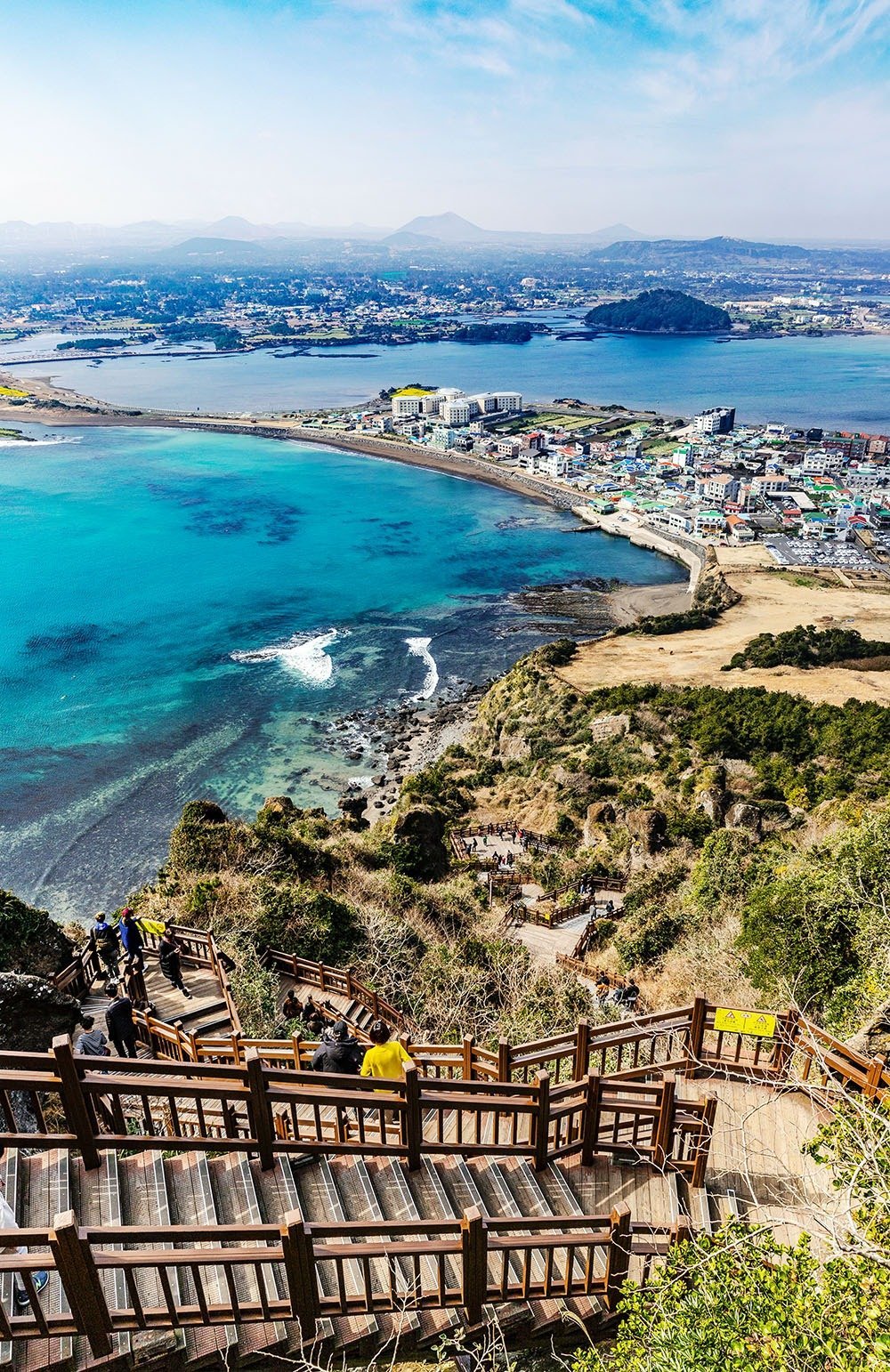
Are you a big fan of breathtaking, picturesque views? In dire need of a pleasant island vacation? Craving for a trip that will enrich you–body and soul?
If you answered yes to any of those questions, then Jeju City is the perfect destination for you! Known as the capital of Jeju Province and the largest city on the entire Jeju Island, Jeju City is a wonderful destination that’s become the favorite of locals and tourists alike.
The year-long warm weather will have you feeling like you’ve been transported straight into paradise. Filled with natural wonders and cultural activities, visiting Jeju City will be a trip like no other.
If you want to know more about why we think Jeju City is worth visiting, then just keep on reading!
The 22 Best Things To Do In Jeju City
1. Watch a NANTA Show
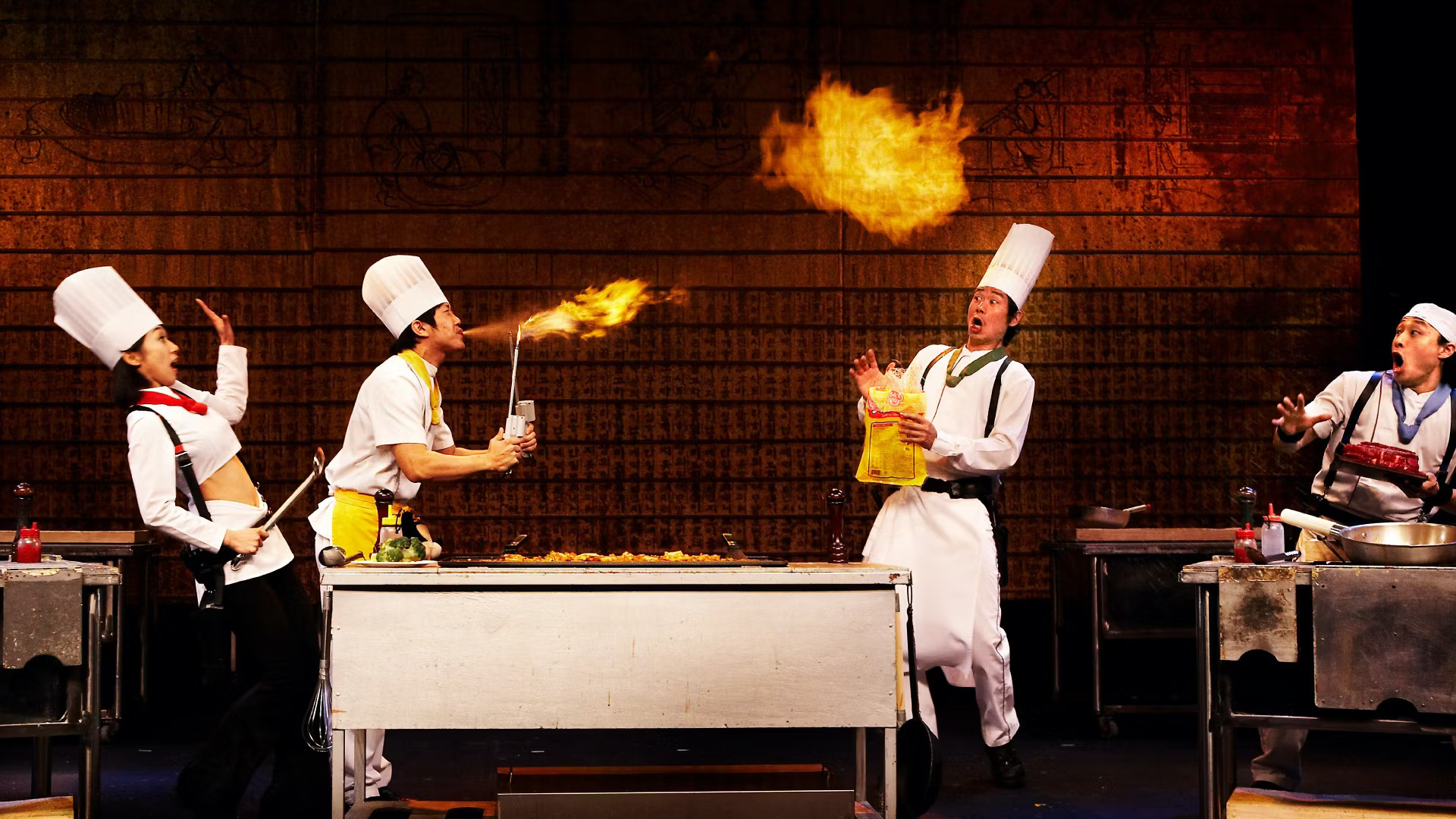
We’re starting things off strong by showcasing a uniquely wonderful performance that you’ll only be able to catch at Jeju City!
NANTA Shows are funny burlesque performances combining music, acrobatics, and martial arts–all set against the backdrop of a kitchen! That’s right, be amazed as chefs perform trick after trick, showcasing both their showmanship and culinary prowess. Clocking in at 90 minutes, the energetic performers are sure to give you a memorable show!
Each show is scheduled at 5 PM from Mondays to Sundays at the Jeju Nanta Theater. Prices range from 44,000 Won ($33) to 66,000 Won ($50), but a lot of discounts are available–especially for early birds!
- Book Your Tickets Here: NANTA Show
- Exact Location: Jeju NANTA Theater
2. Swoon At Jeju Loveland
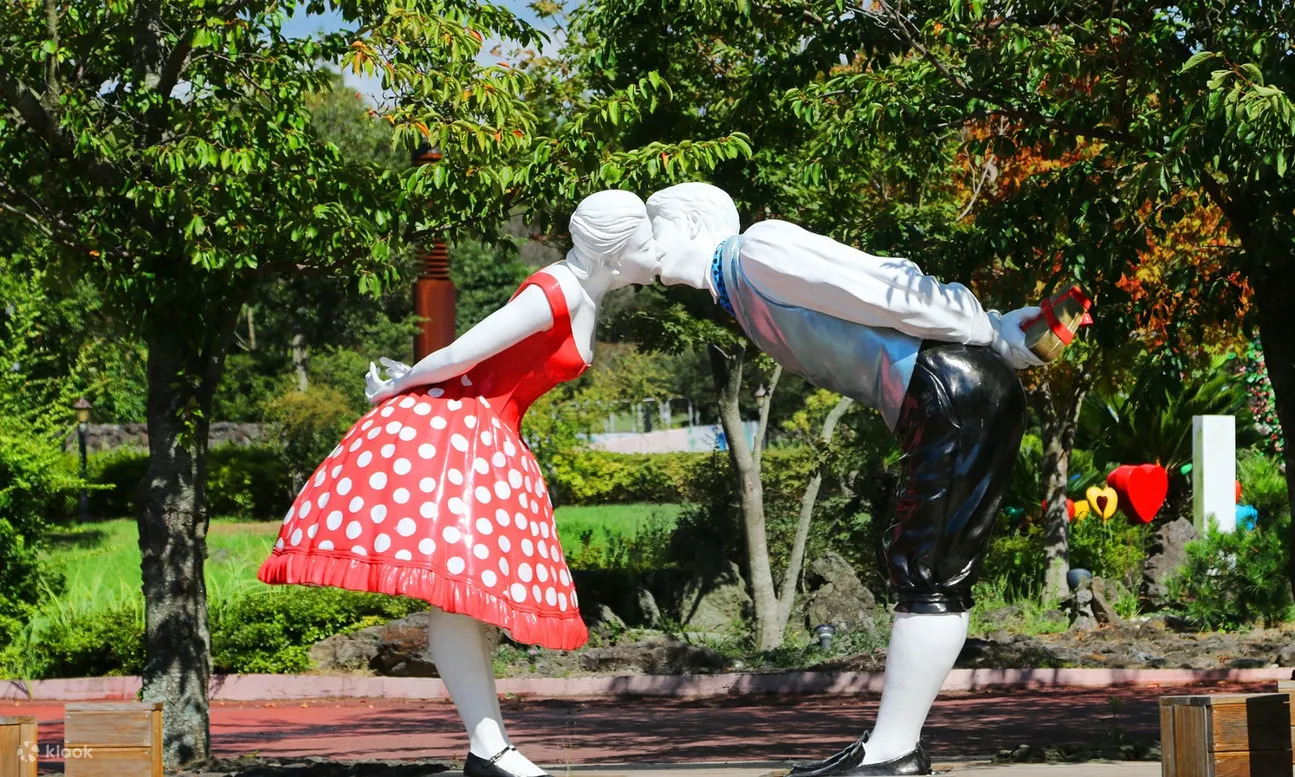
Are you one of those tourists who’s keen on discovering the most secret and unusual spots of each city? Well, then Jeju Loveland is right up your alley!
This adventurous spot is a sculpture theme park that’s dedicated to all things erotic. From sensual artworks to more quirky and interactive pieces, Jeju Loveland has it all. Of course, only visitors aged 20 and above are allowed here. It’s an adults-only affair, after all!
We recommend taking a detour at the Jeju Loveland if you feel yourself getting burned out from all the nature and want something different. This park was actually started by a group of Hongsik University students so they could showcase their art projects. Now, it’s become a wonderful spot for anyone looking to have a little giggle.
Tickets cost 12,000 Won ($9), and the park is open from 9 AM all the way to Midnight. Last admissions are at 11 PM though, so make sure to come a little earlier than that!
Exact Location: Jeju Loveland
3. Dive Into The World of Haenyeos

When we talk about Jeju Island, it’s inevitable that we also talk about haenyeos. Haenyeo (해녀) are female divers who have a long history on Jeju Island. What’s special about them is they are able to dive deep into the sea without the use of any diving equipment at all! Using only their breath and their expertise, they can dive into the depths to gather seafood to sell.
Because of their unique skills, they have been dubbed as an official UNESCO Intangible Cultural Asset. Haenyeos are the pride of Jeju Island. The Jeju Woman Diver Show was done to showcase their amazing talents as well as to sell their products to support their livelihood.
They only perform twice a day, during 1:30 PM and 3:00 PM, so make sure to catch them at one of those times. Haenyeos are unique to Jeju Island, so we really recommend catching a Jeju Woman Diver Show in order to get the full Jeju experience!
Exact Location: Jeju Woman Diver Show
4. Shop At Jeju DongmunMarket
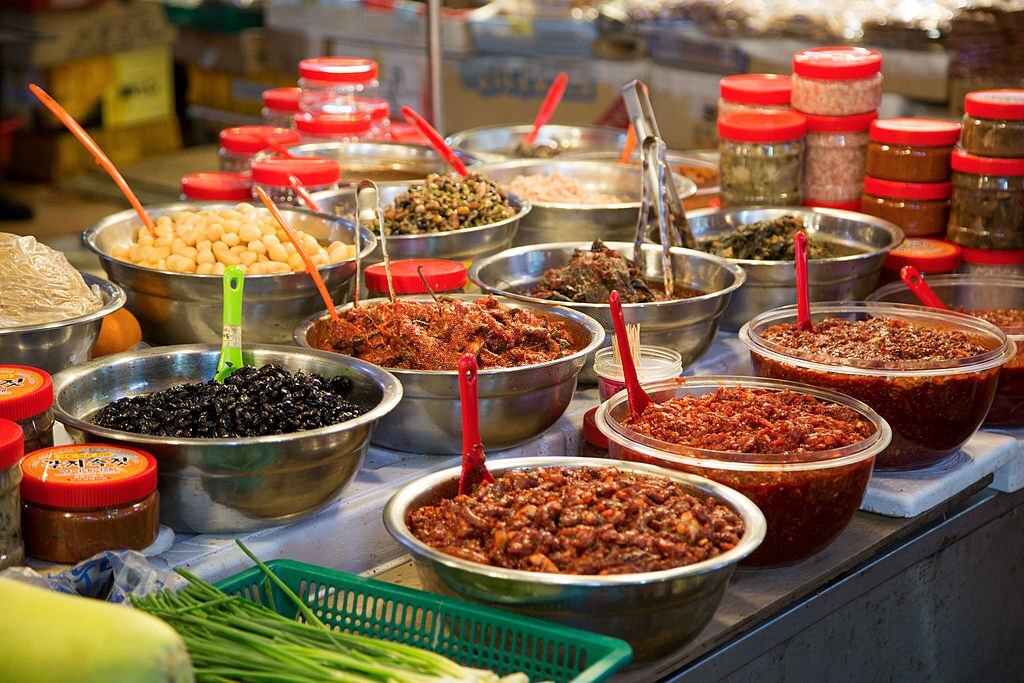
Jeju City is a city that never sleeps! Even at night, there are tons of things to do just like visiting the Jeju Dongmun Market.
Known as the representative traditional market of Jeju, the Jeju Dongmun Market was first established back in 1945 when Korea was liberated from imperial Japan. With a long and colorful history, Dongmun Market has a lot of stories to tell.
It’s most well-known for its wide array of quality seafood: mackerel, small octopus, abalone, and more! Of course, there are also other Jeju delicacies such as tangerine chocolates, black pork, and Jeju Beef among others.
Inside the market, there are also plenty of food stalls that will satisfy all your cravings. These food stalls are open late into the night, but be warned–some of those lines can get crazy long! That’s just how delicious the food must be!
Exact Location: Jeju Dongmun Market
5. Conquer Hallasan Mountain
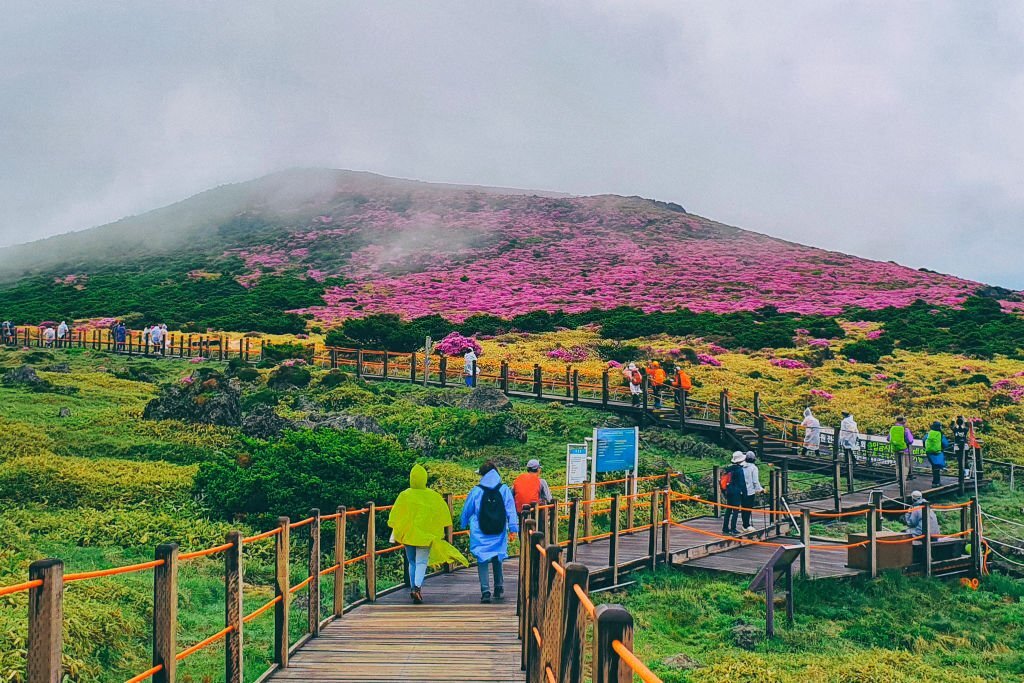
Our next destination is not for the faint of heart. Known as the tallest mountain in all of South Korea, Hallasan Mountain provides a truly once-in-a-lifetime experience. At about 1,169 meters above sea level, the view at Hallasan’s peak is like no other.
It takes about 30 minutes to get to the top. There are a lot of different trails to choose from, each offering a unique view of the mountain and the surrounding areas. Don’t worry because the paths are paved with wooden steps so that each hike will be thrilling–but most of all, safe!
When hiking, we recommend bringing some snacks and bottles of water so you can feel fully prepared for your journey. There are also shops you can buy these from around the area.
Exact Location: Hallasan Mountain
6. Unwind At Halla Arboretum
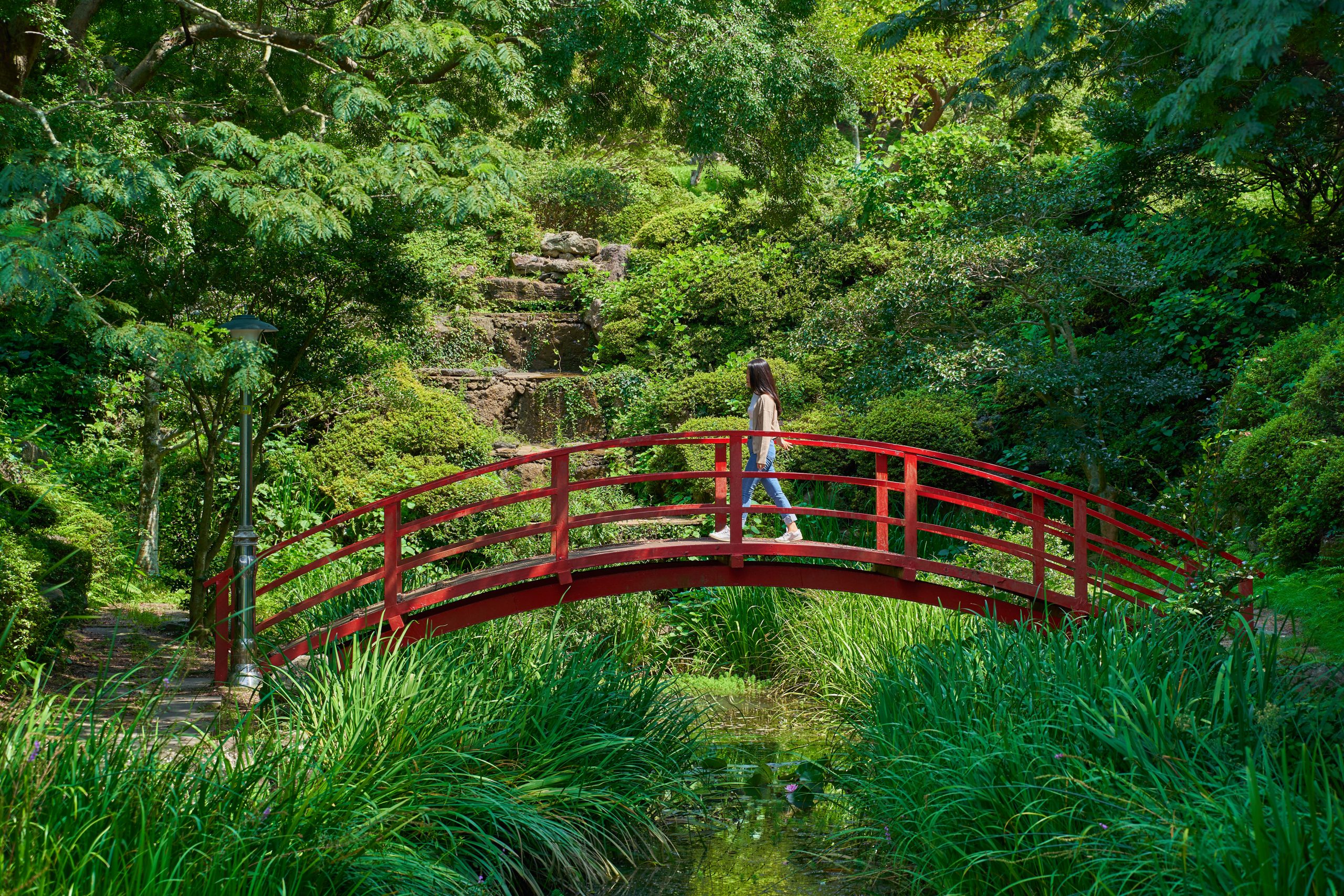
If you want to enjoy nature without all the hassle, then we recommend Halla Arboretum! Initially established as a site for nature research and preservation, the Halla Arboretum has grown to be quite a popular spot over the years.
The wide array of native trees and subtropical plants give this place a soothing atmosphere while also making sure each photo you take is Instagram-worthy. With over 100,000 plants on display, 1,321 of which are endangered and rare species, Halla Arboretum is truly a hidden paradise.
It’s not just tourists who come here. The Halla Arboretum also stands as an important resource site for both students and experts alike! From botanists, biologists, environmentalists, and more, Halla Arboretum has been nurturing the minds of Jeju City residents and tourists for quite some time.
The Arboretum is open from 9:00 AM to 6:00 PM during Summer, and from 9:00 AM to 5:00 PM during Winter. And the best part? Admission to this beautiful place is absolutely free!
Exact Location: Halla Arboretum
7. Paraglide At Geum Oreum
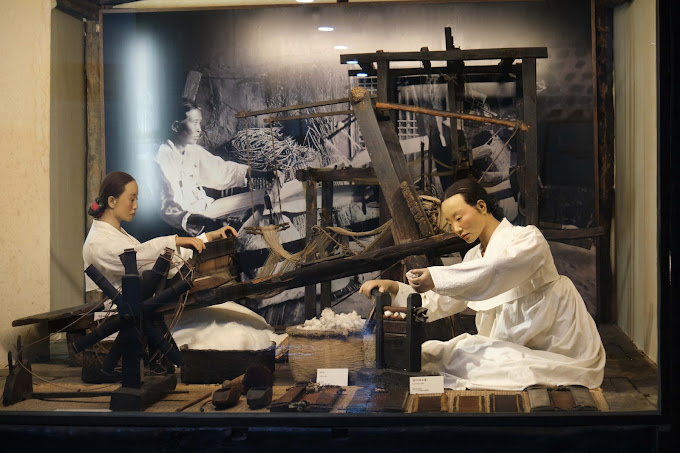
If you’re a big UAENA, then we know you’ve definitely heard about this Jeju spot! Geum Oreum was featured in the popular Korean Reality Show “Hyori’s Bed & Breakfast,” which Lee Hyori and her guest IU visited together.
The wide lush fields elevated at a perfect height do make Geum Oreum a sentimental, picture-perfect spot. Also known as Wangmae, Geum Oreum is a volcanic cone whose unique height, shape, and crater pond make it stand out from other volcanic cones on the island.
If you’re visiting, we definitely recommend paragliding at this spot too! Paragliding is the best way to get the most spectacular view of the beautiful surrounding plains and the glistening deep blue ocean below.
The best time to paraglide is right before sunset. When you take off, you will be greeted with the beautiful setting sun right on time. The marvelous oranges mixed with the clear blue skies will definitely leave you in awe.
If you’re planning to paraglide, be sure to book it at least 7 days in advance. Each ticket costs around $85, and we guarantee it’s worth every penny.
- Book Tickets: Paragliding
- Exact Location: Geum Oreum
8. Feast On Black Pork BBQ
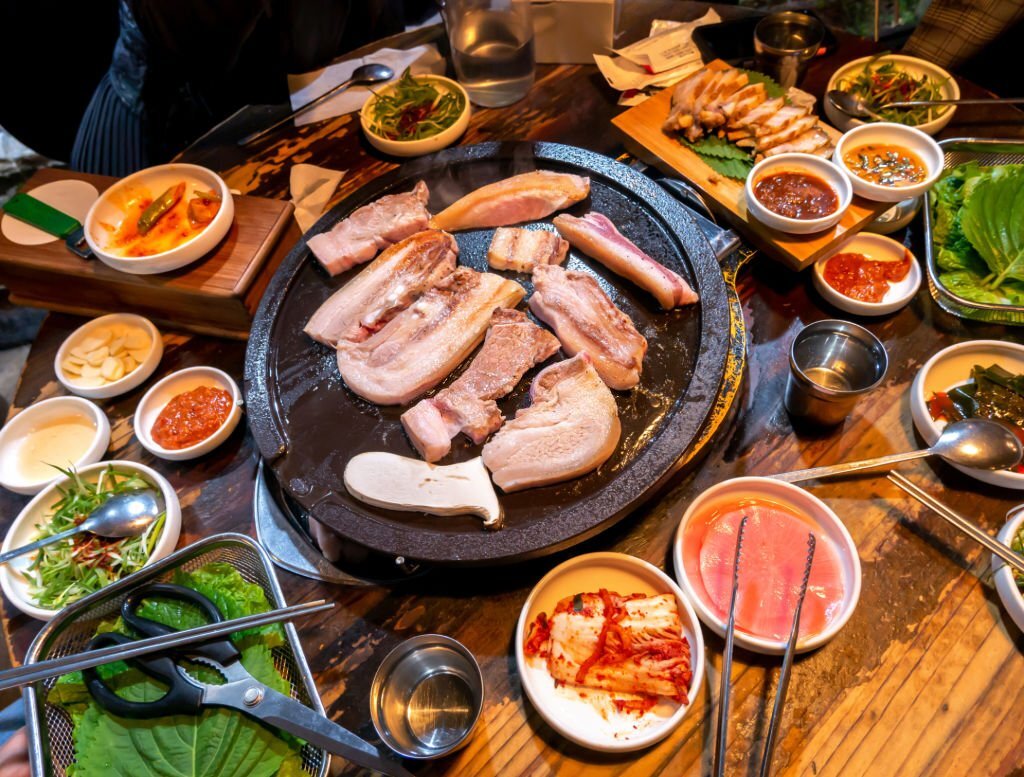
If you’re reading this, then we think you just might be a fan of Korean BBQ. But have you ever tried Black Pork BBQ?
Here in Jeju, there is a specific kind of pig that can only be found here. The Jeju Black Pigs are quite famous for their distinct color that’s a lot different from the regular pigs we are used to. Black Pork is also famous for tasting similar to steak and being jam-packed full of nutrients!
In the heart of Jeju City, you can find Dombedon Street which literally translates to “Black Pork Street.” Here you can find tons of restaurants serving this unique Jeju delicacy! Black Pork BBQ will stimulate your tastebuds and make you crave for more. No Jeju trip is complete without trying this unique food!
To get you started, we recommend a fan-favorite restaurant named Hwaro Hyang specializing in giving you the full Jeju experience. The Black Pork BBQ here is to die for!
Exact Location: Black Pork Street
9. Relax At Hyeopjae Beach
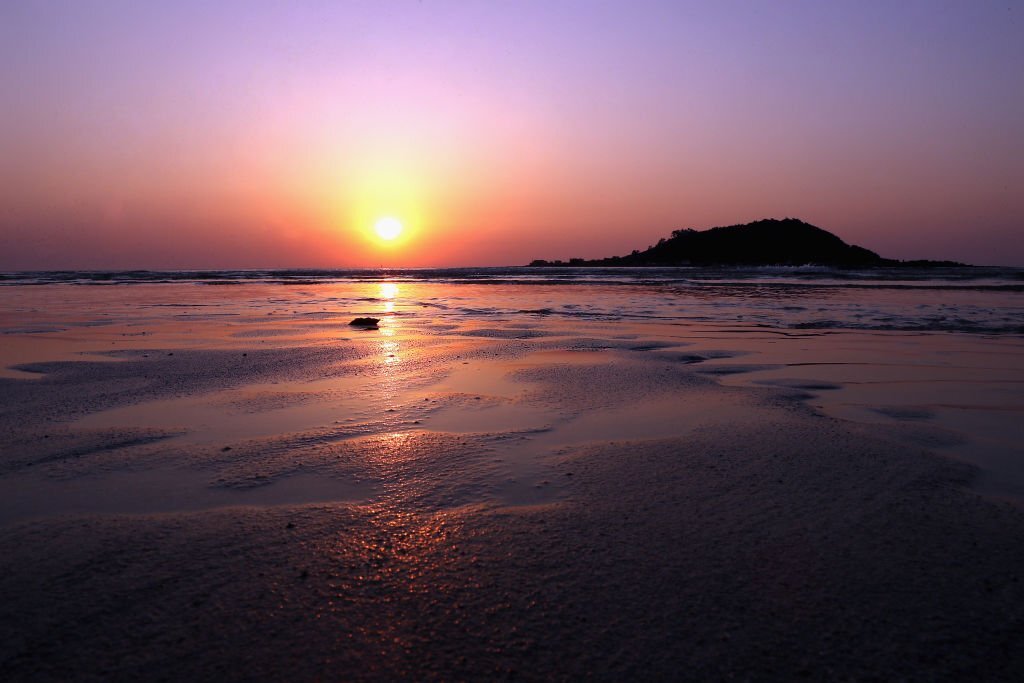
We will never get tired of white-sand beaches, especially if they’re as beautiful as Hyeopjae Beach! Located west of downtown Jeju, this beach boasts spectacular views and even has its own amenities. The sight of the Biyangdo Island that you can spot floating from the shore, as well as the lush pine forest surrounding the beach, make this place as picturesque as ever.
Aside from swimming, there are also a bunch of other activities you can enjoy here like camping in the pine forest, having a food trip at the amazing restaurants surrounding the beach, and more!
Located near other attractions like Hallim Park, Hwangnyongsa Temple, and Yeonggaksa Temple, Hyeopjae Beach is the perfect stop-over to unwind and rejuvenate yourself before getting back on your adventure.
Exact Location: Hyeopjae Beach
You May Also Like: Best Things To Do In Summer In Korea
10. Explore Manjanggul Cave
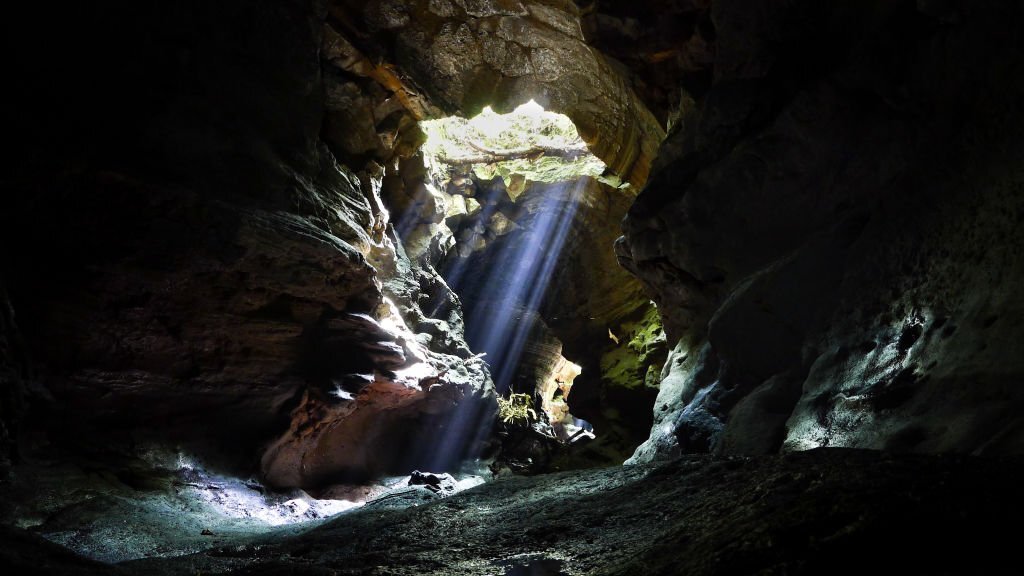
Visiting Manjanggul Cave will be a truly unique experience. For one thing, it’s one of the longest lava tunnels in the world! Formed 200,000-300,000 years ago due to volcanic activity, the Manjanggul Cave is one of the most prized and unique features of Jeju Island.
The whole tunnel stretches over 13 km (~8 miles) long, but the part that’s open to the public is only about 1 km in. This is because parts of the cave are dangerous to walk in. But don’t worry–what’s open to the public is a little adventurous, but safe nonetheless.
Some parts may be slippery, so we recommend getting a decent pair of walking shoes that have a strong grip. The temperature inside the cave can also get pretty chilly, so we recommend bringing a light jacket with you when you go spelunking.
Filled with stalactites and stalagmites, Manjanggul Cave will make you feel like you’ve traveled deep into another world. All in all, the Mangjanggul Cave promises a rewarding adventure!
Exact Location: Manjanggul Cave
You May Also Like: Best Things To Do In Seogwipo
11. Spend the Day at Hallim Park
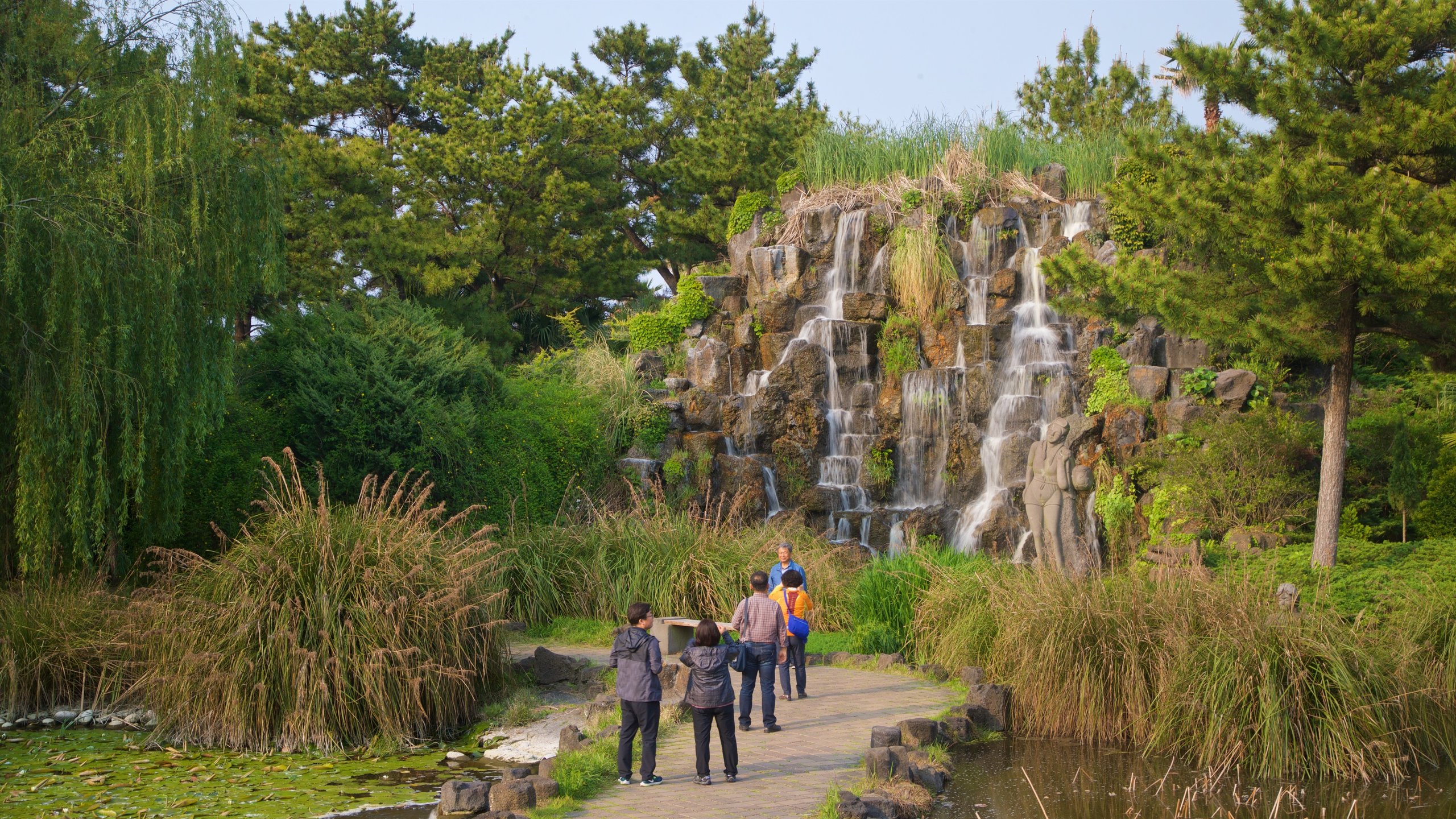
Hallim Park is not just your regular park. Aside from being filled with leisurely spots and relaxing walkways, Hallim Park also boasts a ton of activities that can be enjoyed by the whole family!
Built in 1971, Hallim Park spans almost 100,000 square meters! The massive size helps in accommodating a lot of different sites and activities. Up first, we have the luxurious gardens which are favorites among tourists and locals alike. The Palm Tree Road, Jeju Stone and Bonsai Garden, and Subtropical Botanic Garden are just some of the lovely spots you can visit here.
With a huge variety of plant life, these gardens will surely soothe you as well as make for some pretty backdrops on your Instagram feeds. Aside from these gardens, there are also the Hyeopjaegul and Ssangyonggul Caves which are known to be the only two-dimensional caves in the world! These unique structures are definitely a must-visit when you come to Hallim Park.
This massive spot also houses a folk village, a children’s amusement park, as well as outdoor resort facilities! We recommend spending the whole day here so you can really get a taste of every activity. You won’t run out of things to do here at Hallim Park!
Admission costs 16,000 Won ($12) for adults and 9,000 Won ($8) for kids.
Exact Location: Hallim Park
12. Catch Fish At Iho Beach
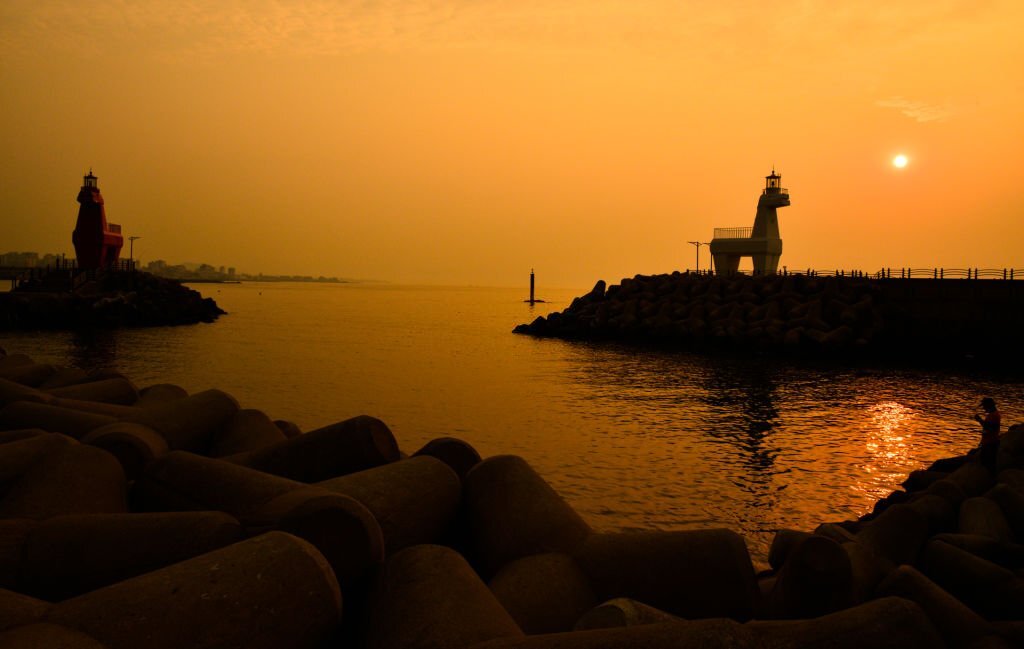
If you’re looking for something a little more subdued, then we recommend Iho Beach! Loved by local fishermen, Iho Beach is a hidden gem about 40 minutes away from the city’s center.
Also known as Iho Tewoo Beach, we guarantee that a day spent here will have you feeling relaxed and replenished. You can spend the day leisurely floating on the bright blue waters or join the fishermen in casting lines in the hopes of reeling in a good catch. Of course, there are plenty of seafood and sashimi restaurants here where you can get only the freshest varieties!
Iho Beach is also famous for its two unique lighthouses. Shaped like horses–one red and one white–these lighthouses are both cute and fully functional! They represent a unique horse breed that’s native to Jeju, and show just how important horses are to Jeju culture.
If you’re feeling a little adventurous, you can also rent a tent and camp out under the stars at the available campsites in the area. There are also plenty of cafes, restaurants, supermarkets, and accommodations which make Iho Beach your one-stop shop where you can find everything you need!
Exact Location: Iho Beach
You May Also Like: Best Beaches In South Korea
13. Become One With Nature At Bijarim Forest
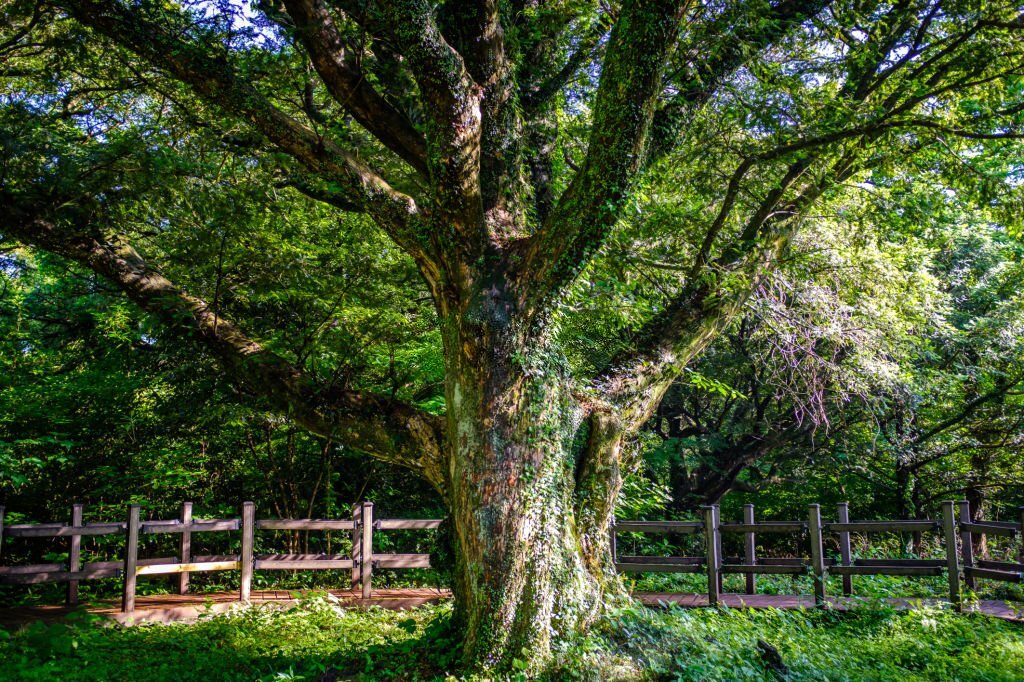
We truly believe in the healing power of nature, and nowhere is it more evident than in Jeju City’s Bijarim Forest. Located just a short distance from the city, one step into this forest and you will instantly feel like you’ve been transported back hundreds of years.
Bijarim Forest is considered the largest nutmeg forest in the world. Most of the trees here are aged between 500-800 years old. If their sheer aura doesn’t overwhelm you, then the fragrance of this forest definitely will! The sweet, spicy scent of nutmeg will leave you feeling comforted for sure.
It’s hard to say which season you should visit Bijarim Forest because it showcases different charms depending on the time of year! In spring, the hardy trees explode with brilliant red nutmeg blossoms that make for a picturesque spot. Summer is the most fragrant season, the heat bringing out the sweet smells from the bark.
Meanwhile, autumn promises a bountiful harvest as the nutmegs fall to the ground, ready to be picked. And while many trees wither during winter, nutmeg trees maintain their foliage as protection from the elements. Whenever you choose to visit, we’re sure you won’t regret it.
Here it Bijrarim Forest, you can easily lose track of time as you roam through five kilometers’ worth of pathways. Aside from nutmegs, a variety of different plants grow here year-round, making it one of the most picturesque spots in the city!
We recommend ending your Bijarim Forest journey by visiting the New Millennium Nutmeg. Considered one of the oldest nutmeg trees in the world, this particular tree also holds a lot of meaning for the locals. They believe that as long as the tree continues to survive, so too will the spirit of the Korean people continue to remain strong.
Exact Location: Bijarim Forest
You May Also Like: Best Things To do In Geoje
14. Play Around at Psyche World Butterfly Park
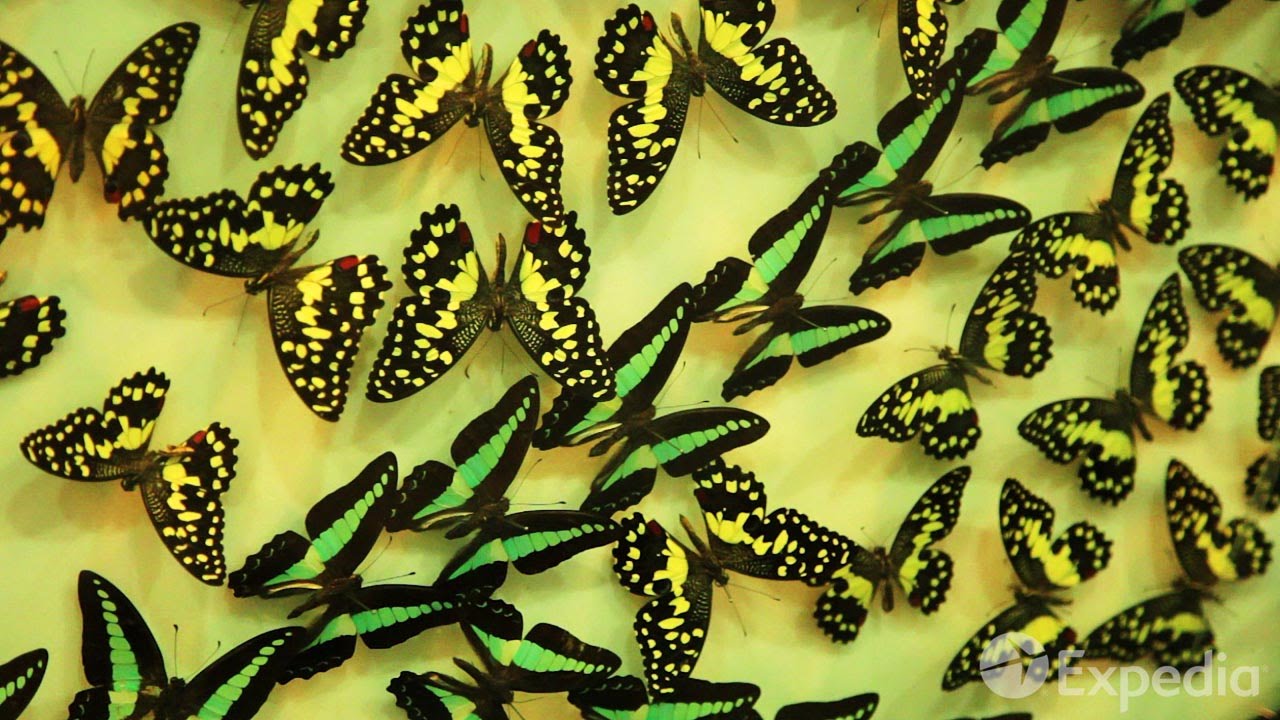
Next up we have one of Jeju City’s more quirky destinations. The Psyche World Butterfly Park is all about one of the most delicate and beautiful creatures in the world. If you’re wondering about the unusual name, “psyche” is actually the Greek word for butterfly!
Don’t worry if you’re afraid of creepy crawlies. This extravagant and quirky museum will definitely have you seeing insects in an entirely new light! Over 3,000 species of butterflies can be found here, including other insects, birds, and even snakes.
Most of one floor is dedicated to dioramas displaying preserved butterflies. The delicate little creatures have been painstakingly displayed to showcase their beautiful appearances.
But what’s most unusual is the Parody World, where you can see insects displayed in a lot of different artwork! Here you can see bugs playing football, working out at the gym, exploring the North Pole, and more! This part of the museum is definitely the quirkiest and most unique.
An entirely different floor is dedicated to live specimens. The sight of thousands of colorful butterflies flying through the air is truly something you can only see once in a lifetime, and we can’t recommend it enough. Here you can also meet and take photos with some of the birds and reptiles that are native to Jeju Island.
Exact Location: Psyche World Butterfly Park
15. Rejuvenate at Jeolmul Natural Recreation Forest
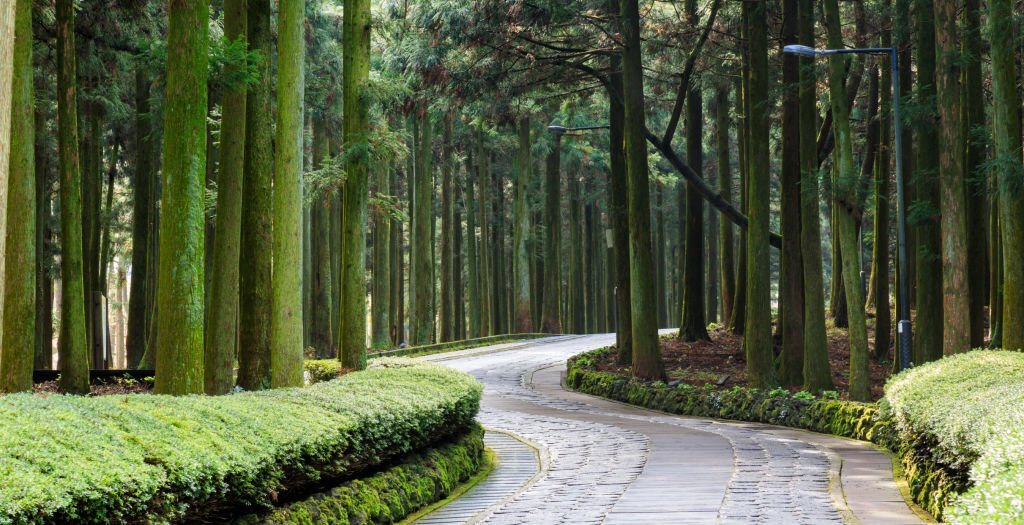
If there’s one thing Jeju City will never run out of, it’s these nature-filled healing spots. Jeolmul Natural Recreation Forest is a recreational forest specifically built for guests to develop healthy emotions. That’s why this spot includes a lot of recreational spaces, sports facilities, wood-crafting studios, mineral springs, and more that can help give each guest the most comforting experience.
If you’re not one for fancy activities, then a simple stroll through the forest is guaranteed to be more than enough to satisfy your soul. Comprised of both a natural Japanese cedar forest as well as a man-made forest, Jeolmul Natural Recreation Forest is a truly relaxing sanctuary in the city.
Despite Jeju Island’s warm weather, this spot remains cool all year round thanks to the sea breeze and the shade of the thick forest canopy over the paved paths.
If you wish to extend your stay, there are also forest cabins ranging from 40,000 Won ($30) to 214,000 Won ($160) depending on the size and the season you visit. For admissions, tickets cost just 1,000 Won ($0.75) for adults and ($0.20) for kids!
Exact Location: Jeolmul Natural Recreation Forest
16. Enjoy Water Sports At Woljeong-ri Beach
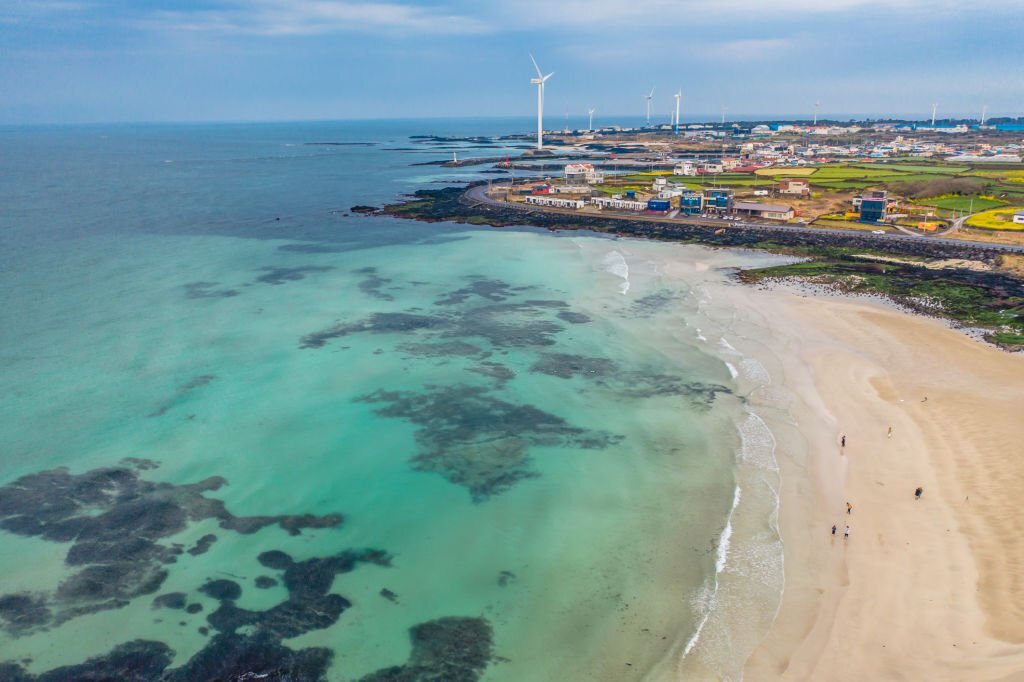
Woljeong-ri Beach is famous for both its beauty and the various activities you can do here. Over the years, it’s become a popular spot for water sports such as surfing, snorkeling, and kayaking! It’s particularly known among surfers because its waves are usually at a uniform height and constantly coming in, making the beach very suitable for surfing.
If you’re not on the sporty side, don’t worry. Woljeong-ri still has a lot to offer you! For safety reasons, most sports aren’t allowed by the time the sun goes down, but that doesn’t mean there’s nothing to do at Woljeong-ri at night. In fact, its name already gives you a hint as to when you should visit this magical place. With the meaning of “the moon stays,” the beach is known to be especially beautiful at night! The bright moon reflecting on the emerald sea is truly a sight to behold.
Grab a bite at the nearby cafes and restaurants before admiring the view and the starlit sky. The peaceful sound of crashing waves can lull you right into a meditative state!
Exact Location: Woljeong-ri Beach
17. Learn At The Jeju National Museum
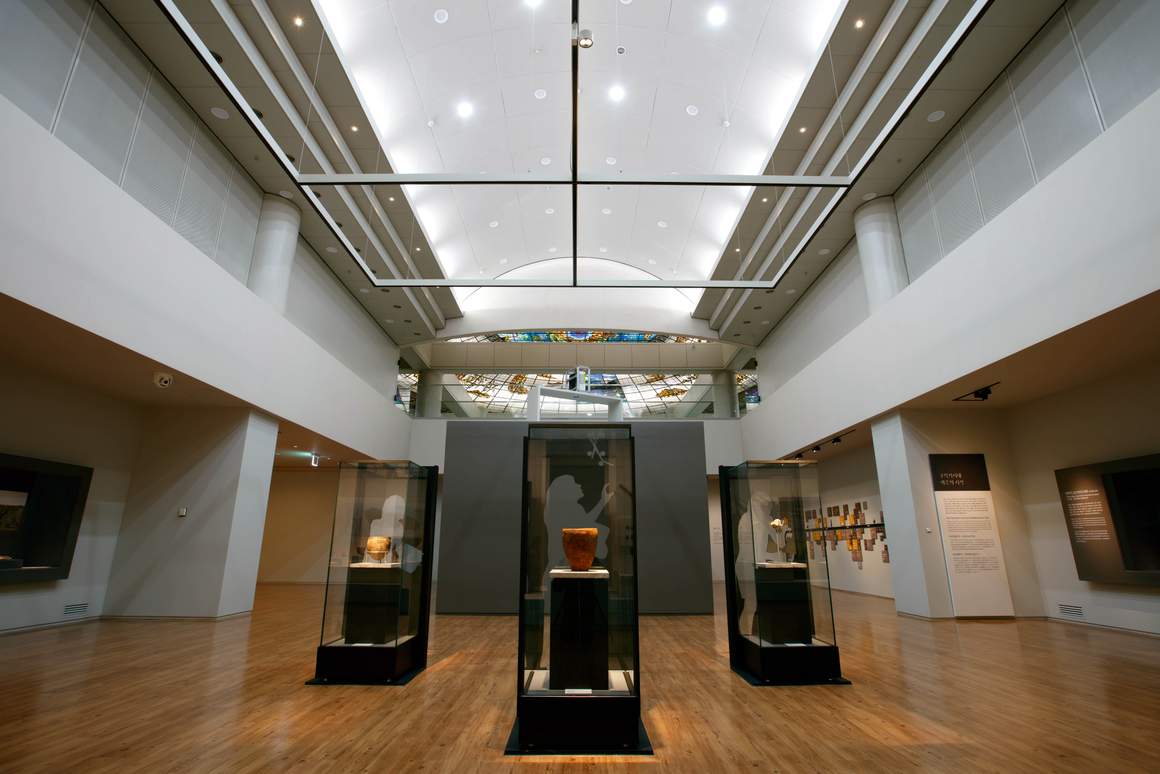
Jeju Island’s unique geographical location didn’t only bless the island with amazing natural wonders. It’s also the reason why Jeju has a long history of trade and unique maritime culture, all the way back from prehistoric times!
Jeju Island was the center of cultural exchange between China, Japan, and Korea, so it has definitely been influenced by those three cultures. But make no mistake, Jeju has its own indigenous culture as well! Learn about the Ancient Kingdom of Tamna and more here at the Jeju National Museum.
A cultural and historical museum, the Jeju National Museum aims to preserve the island’s magnificent past and present it to the public in an approachable manner. Built in 2001 with the mission to become one of Jeju Island’s central cultural institutions, Jeju National Museum has grown to house various educational exhibits and programs promoting the preservation of Jeju culture.
With a specialization on Tamna and the island’s maritime culture, a visit to Jeju National Museum will definitely allow you to learn more about this beautiful island. When you visit, we really recommend dropping by the interactive media art room! Here you will feel like you’re traveling through the clear Jeju waters while on a traditional fishing vessel!
Open from 9:00 AM to 6:00 PM daily, the Jeju National Museum is open for all and absolutely free!
Exact Location: Jeju National Museum
18. Challenge Yourself At Gimnyeong Maze Park
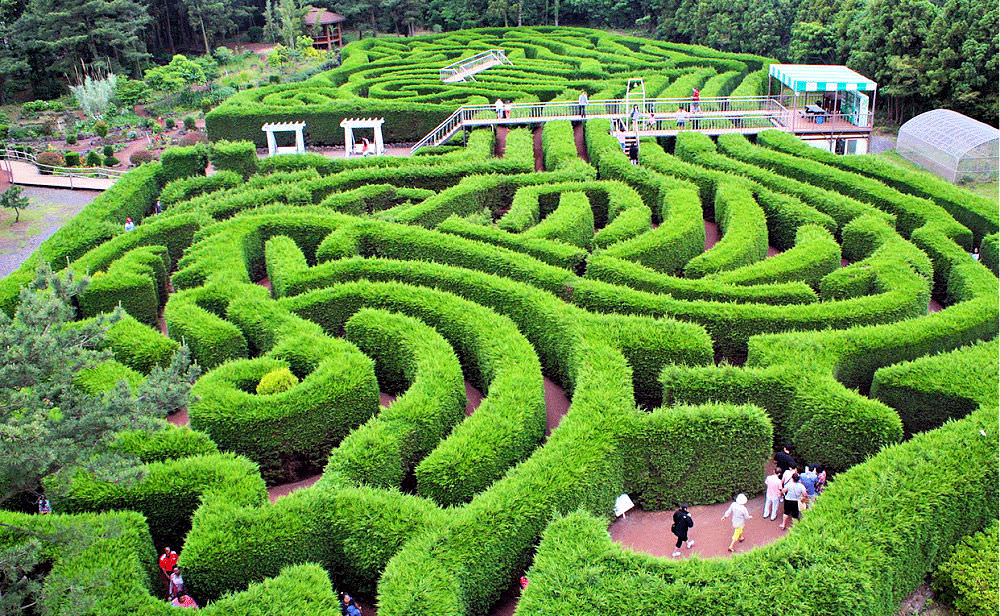
For your next activity, why not tickle your brain by trying to get out of Jeju City’s very own maze? The Gimnyeong Maze Park is a fun and challenging spot that will bring out your competitive side as you try to make your way out of the twists and turns and dead-ends inside the maze.
Designed by the world-famous Adrian Fisher Minotaur Maze Designs company and funded by the lifetime savings of a former Jeju National University professor back in 1987, this maze is known as the first maze park in Korea. The design is really smart since it incorporates 7 unique symbols that represent the unique history and geography of Jeju.
It’s also known as one of Korea’s first cat parks! There are more than 50 friendly cats waiting to meet you as you roam around this labyrinth. Gimnyeong Maze Park is also very eco-friendly. The trees used for the maze are green all year round, and natural volcanic rocks with air-purifying abilities form the base of the maze.
Tickets cost just 6,000 Won ($4.50) for adults and 4,400 Won ($3.30) for kids!
Exact Location: Gimnyeong Maze Park
19. Unlock Your Inner Peace at Gwaneumsa Temple
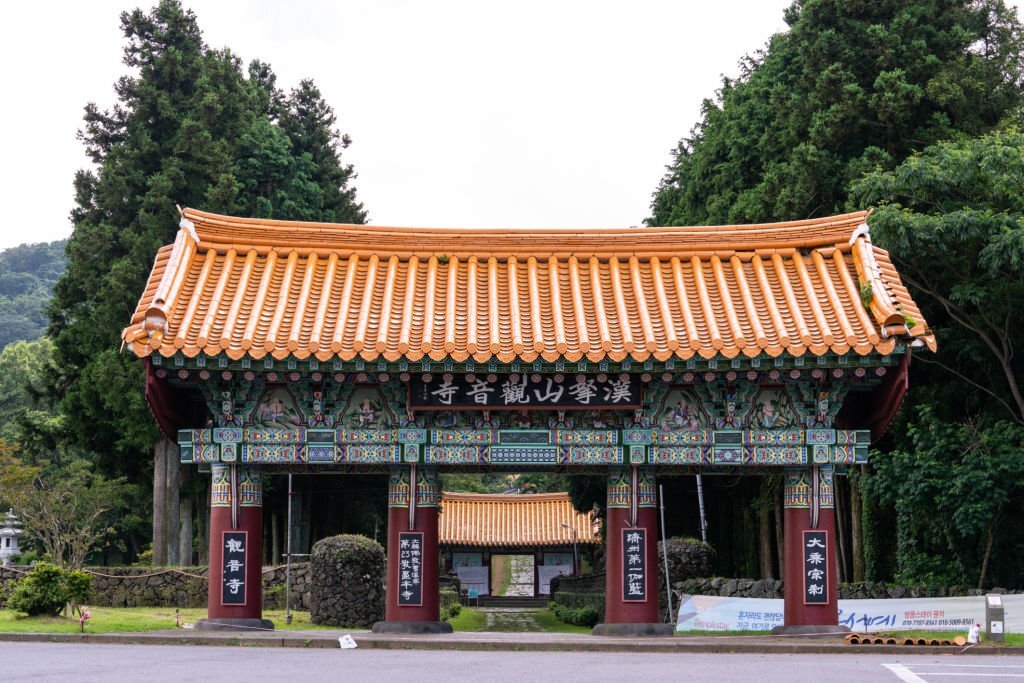
What better way to relax and reflect than at a beautiful temple? Right here in Jeju City, we have the historic Gwaneumsa Temple. It was first built back sometime during the Tamna Kingdom, around 476 BC to 1005 AD as a site for Buddhist worship.
Unfortunately, the leaders of the Joseon Dynasty proclaimed in the early 1700s that Confucianism should be the one and only national religion. They gave the order to destroy all Buddhist temples in the Jeju area, including Gwaneumsa Temple. Thankfully, It was rebuilt back in 1912 by a Buddhist nun.
Now it attracts visitors and devotees from all over. The beautiful and sentimental location of the temple also caught the eyes of K-drama directors. Fans would no doubt recognize this spot from one of the episodes of the hit K-drama Extraordinary Attorney Woo starring Park Eun-Bin and Kang Tae-Oh!
Here you can spot many sacred and beautiful sights including the Myeongbujong Hall, Sanshingak Pavilion, as well as a seated Buddhist Goddess statue that was designated a tangible cultural asset of Jeju Island.
Exact Location: Gwaneumsa Temple
20. Travel Back In Time Through Jeju Folklore & Natural History Museum

Jeju has a wide variety of museums, including the National Museum we talked about earlier. But one of its most popular ones is no doubt the Jeju Folklore & Natural History Museum! Specializing in collecting, researching, and exhibiting the unique folklore and natural historical materials of the island, you will really get to know Jeju once you step through the museum’s doors.
Jeju is a land of many stories. From ancient legends to folktales, myths, fairy tales, and even urban legends, many of them are displayed here at the Jeju Folklore & Natural History Museum. Built back in 1984, it has been continuously trying to improve the way it presents Jeju culture and history to its guests.
Get to know the locals of ancient Jeju and their beliefs, worldviews, rituals, and stories! This museum is open to several exhibits including Jeju Symbol Exhibition, Nature Photography Hall, Jeju Experience Hall, and more.
Admission costs just 2,000 Won ($1.50) for adults and 1,000 Won ($0.75) for kids! If visiting on a weekday, be sure to book a reservation first.
Exact Location: Jeju Folklore & Natural History Museum
21. Wander Around Samseonghyeol
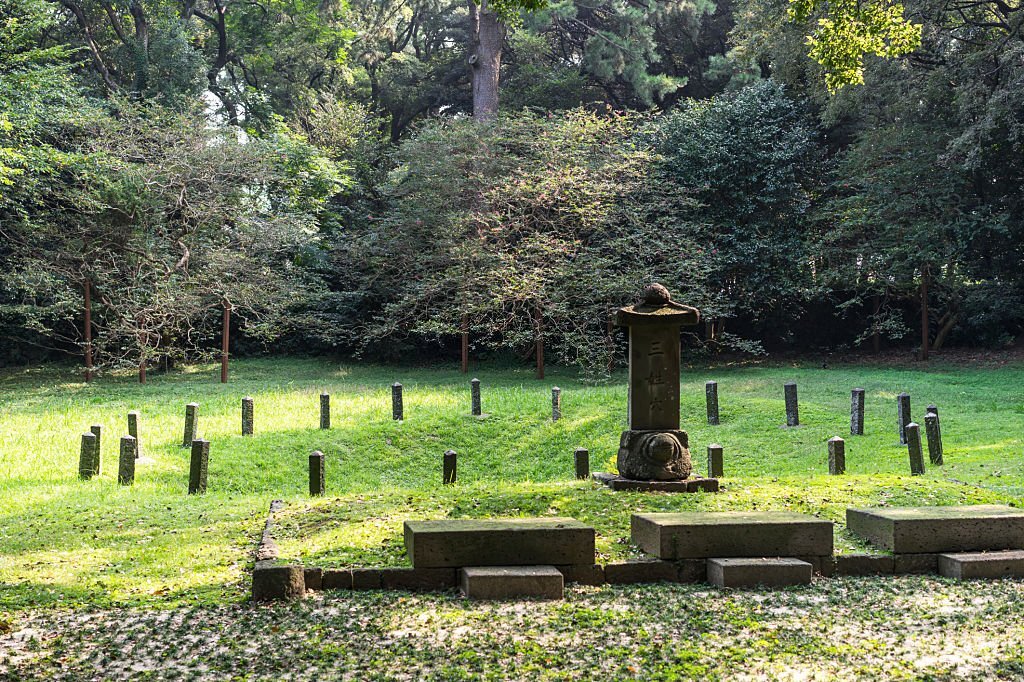
Speaking of stories, have you ever heard about the founding of Jeju Island?
Legend has it that three demigods are the founding fathers of Tamna Kingdom, the former name of Jeju. They first appeared right here on Samseonghyeol, leaving their mark by way of three holes on the ground. That’s why “Samseonghyeol” means “three clans’ holes”!
What’s amazing is these three holes still exist to this day. They stand out because they’re not affected by rain or snow, and the ancient trees surrounding the holes look as if they’re bowing to them!
Samseonghyeol is a historic site that’s truly valued and beloved by the people of Jeju. It’s also simply a beautiful place filled with ancient architecture and beautiful greenery that anyone can enjoy.
22. Admire Yongduam Rock
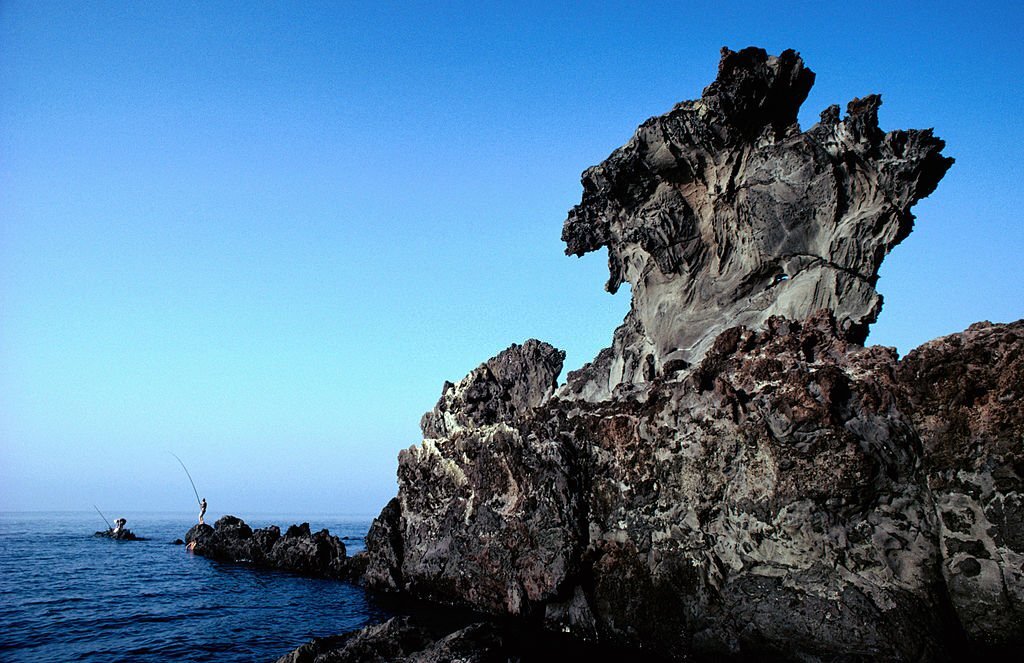
For our last Jeju City treasure, we want to share about the Yongduam Rock. What makes a rock so special, you ask? Well, one look at it and you will see why!
Yongduam Rock stands at about 10 meters tall. Worn down by strong winds and waves over thousands of years, the rock has come to resemble a dragon’s head! Because of its unique shape, locals have created legends out of this rock for many years.
One legend says that a dragon once stole some precious jade from Hallasan Mountain. To punish it, a mountain deity fired an arrow at the dragon. When the dragon fell to the earth, its body sank into the ocean while its head rapidly froze while looking at the sky, forming the Yongduam Rock.
Another legend involves a white horse who dreamed of becoming a powerful dragon and flying towards the heavens. But sadly, it was caught by a soldier before it could achieve this dream. The soldier then froze the horse into a rock that we now know as the Yongduam Rock.
Whatever its origins might be, what we know for sure is Yongduam Rock is popular among locals and tourists for a reason. From here you can catch a look at the haenyeo (female divers) working and catching seafood. There are also a lot of cafes, bars, and restaurants near the rock where you can wine and dine.
Exact Location: Yongduam Rock
Where to stay in Jeju City?
Hotel Sirius
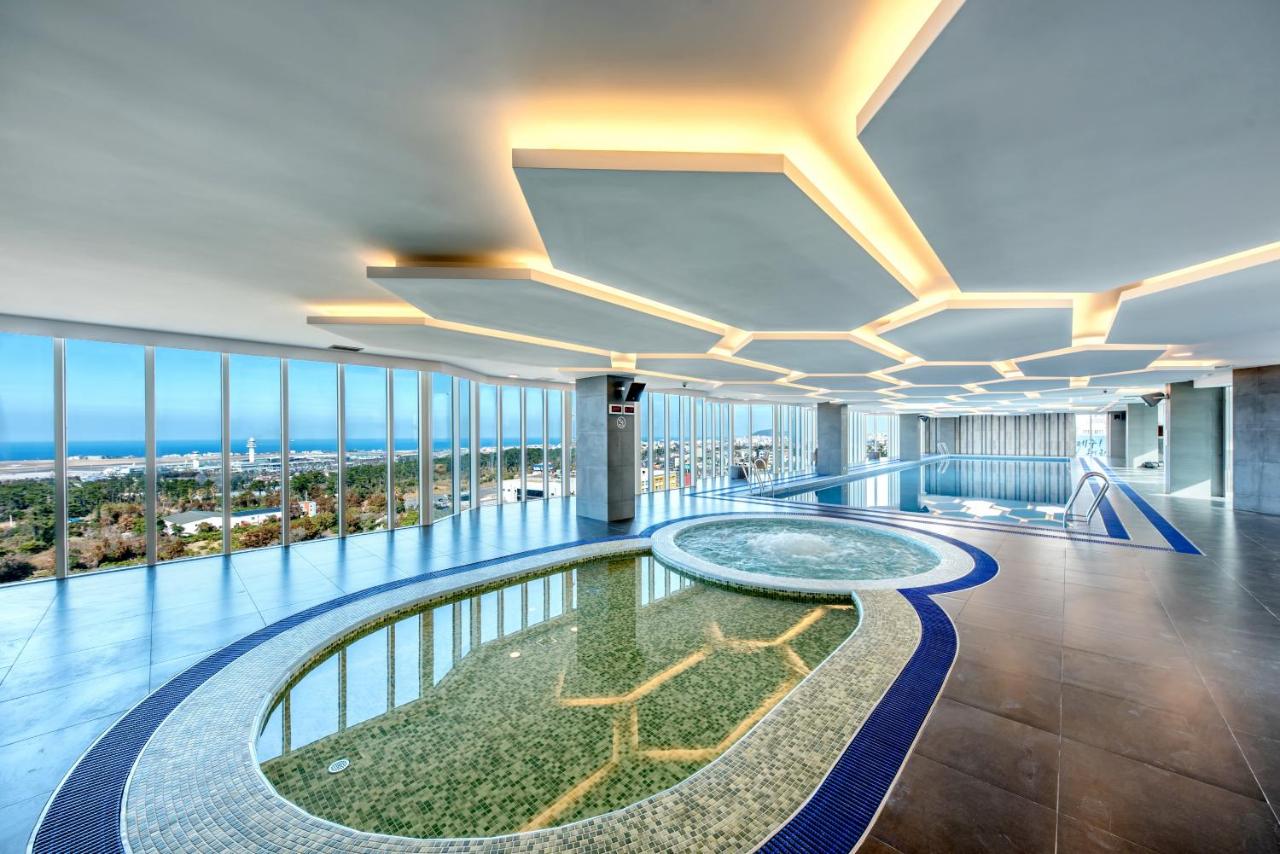
Hotel Sirius has everything you need. Only a 5-minute drive from Jeju International Airport, this 4-star luxury hotel is a favorite among both Korean and international tourists!
The design of the hotel was inspired by Jeju Island’s iconic Jusangjeolli Cliff. Its stunning exterior is matched by an equally lovely interior, with classy halls and comfortable rooms to boot.
The daily buffet is also not something to miss. Serving both Korean and Western dishes, here you can try Jeju’s traditional delicacies as well as some unique beverages you won’t get to see anywhere else!
Book it Now: Hotel Sirius
Lotte City Hotel Jeju
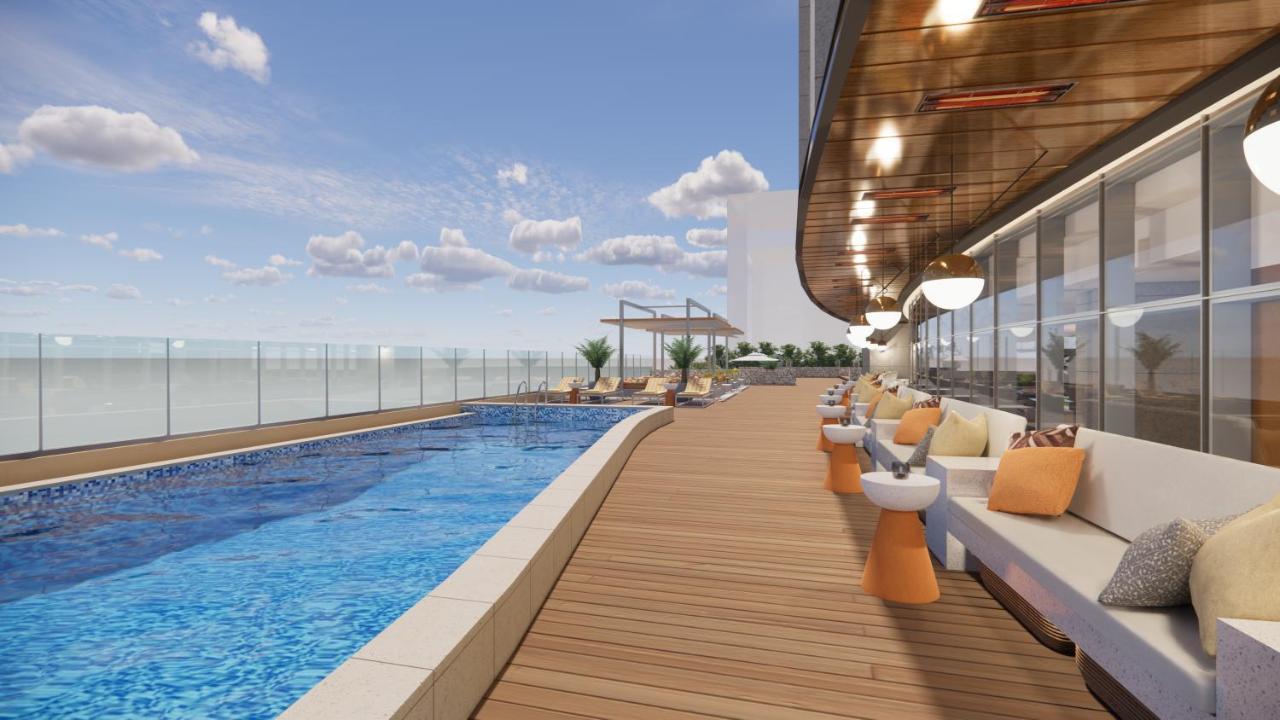
If you want a completely pampered experience, then go for Lotte City Hotel Jeju! This 4-star luxury hotel is designed to give its guests maximum comfort and convenience. Fully equipped with a fitness center, several cafes and restaurants, duty-free shops, and even a sauna, Lotte City Hotel Jeju aims to wow you with its facilities.
Each room comes equipped with everything you could ever ask for, including comfortable air conditioning, a flat-screen TV, an electric kettle, and more. You can also opt for a sea view or a mountain view when choosing your room.
Its location also makes it quite convenient, as it’s only a few minutes drive away from some of the most popular spots we talked about, like Iho Beach.
Book it Now: Lotte City Hotel Jeju
How to get to Jeju City?
To get to Jeju City, you first have to arrive at the Jeju International Airport, either from Seoul or from international locations. Once at the airport, there are two easy options you can take to get to the city center.
By Taxi
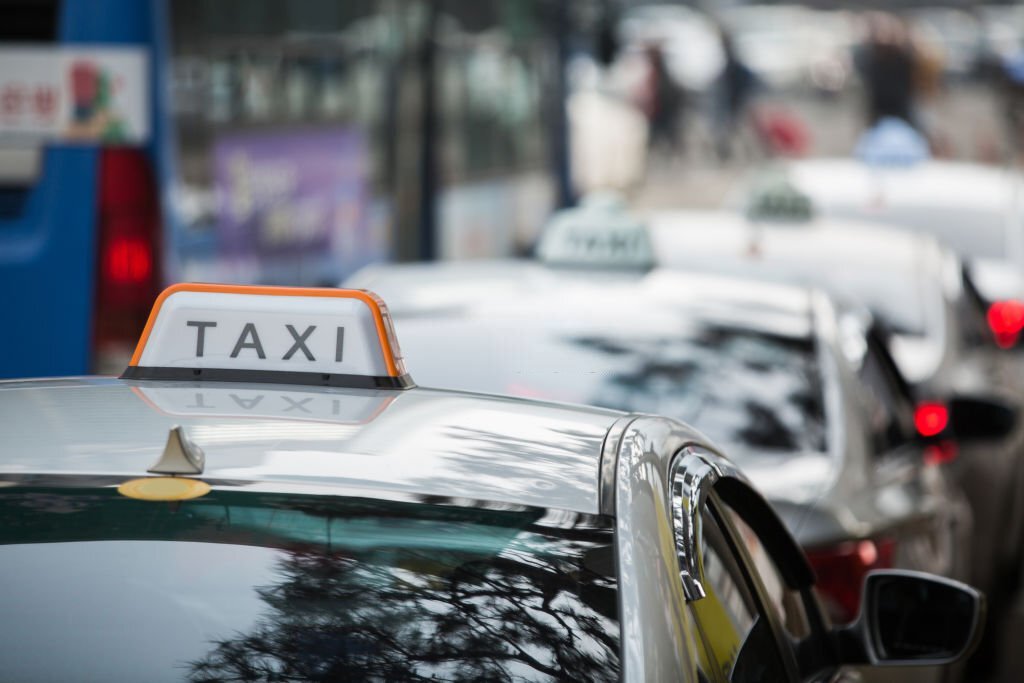
This is the simplest and most convenient route to Jeju City, but it’s also a little pricier. Taxis are available 24/7 and can get you to your Jeju City accommodation door-to-door. Travel time is just around 15 minutes and costs around 11,000 Won ($9).
By Bus
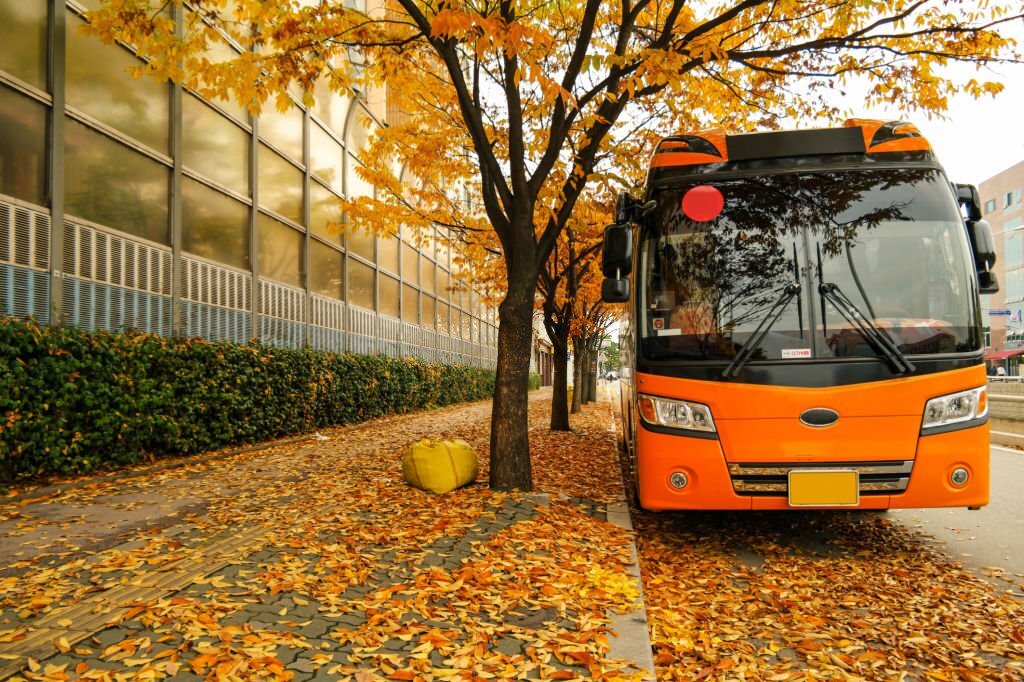
If you want an alternative option, you can also take the bus to Jeju City. Take the public No. 600 Bus which heads straight to the city from the airport. Travel time is around 25 minutes and costs around 3,200 Won ($2.50). Do take note though that buses are only available from 6:00 AM to around 10:50 PM!
—
What did you think about our list? Which spot in Jeju City are you most excited to explore?
It’s not hard to see why Jeju City has caught the heart of millions around the globe. Filled with natural beauty, charm, deep history, and a unique quirky twist, there’s something in Jeju City for everyone.
If you liked this article, make sure to check out our other travel posts about the hidden gems in Busan, the best things to do in Gyeongju and the ultimate Jeonju travel guide.

